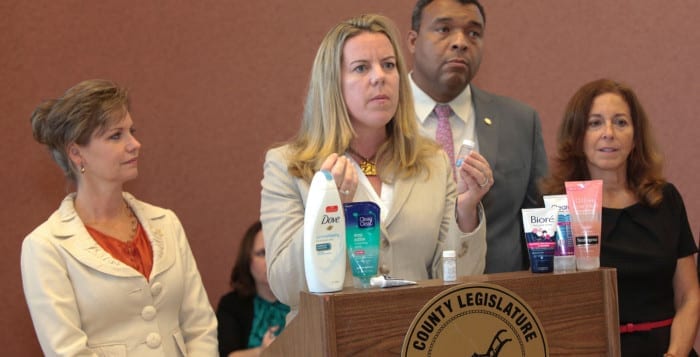By Linda M. Toga, Esq.
The Facts: I recently divorced my spouse. I was told that once the divorce was finalized, it won’t matter that my spouse is named as the primary beneficiary of my estate in my will since that designation will essentially be ignored.
The Questions: Is it true that my estate will not pass to my ex-spouse regardless of the fact that he is named as a beneficiary in my will? If so, is there any reason for me to update my will? What other documents, if any, should I revise now that I am divorced?
The Answer: It is true that under New York law, if you are divorced from your spouse at the time of your death, the bequests made to him in your will will be revoked and your estate will pass as if your ex-spouse predeceased you.
In addition, if you named your ex-spouse as executor, that designation will also be revoked. However, the fact that the bequest to your ex-spouse and his appointment as executor are automatically revoked as a result of your divorce, it is important that you review not only your will but also your power of attorney, health care proxy, life insurance and account beneficiary designations and the title to your real property to ensure that your wishes with respect to your assets and end-of-life care are properly memorialized and honored.
If, for example, your ex-spouse was named in your will as your executor and his sister was named as your successor executor, you may want to revise your will so that no one in your ex-spouse’s family is in charge of your estate. Similarly, if you created a trust in which you named your ex-spouse or someone in his family as a trustee or beneficiary, now that you are divorced you may want to name other people to serve as trustee and to enjoy the benefits of the trust.
As for your power of attorney and health care proxy, if you do not want your ex-spouse to be your agent, you should have new advanced directives prepared. Otherwise the person you named as your successor agent will become your primary agent, leaving no successor agent in the event the primary agent predeceases you. If that were to happen, and you got to the point where you could not make medical decisions and handle your own affairs, a court may be asked to name a guardian to act on your behalf. Clearly the better course of action is for you to update your power of attorney and health care proxy in light of your divorce.
While you are at it, you should also review and, if necessary, update the beneficiary designation on your life insurance policy and retirement plans and remove your spouse as a co-owner on joint accounts and jointly held property. Since some retirement and pension plans are governed by a federal law that preempts the New York law revoking beneficiary designations from taking effect, you may need to obtain your ex-spouse’s consent to change some of your accounts and designations.
While you are making the necessary changes to your accounts, estate planning documents and beneficiary designation forms, you should consider asking your relatives to review their estate planning documents to ensure that their estate plans take into consideration the fact that you are divorced. It is likely that your parents, for example, would want to revise their estate planning documents if they left their estates to you and your ex-spouse, or if they named your ex-spouse as their agent under their powers of attorney.
Although I urge you to review with an experienced estate planning attorney your estate plan, your beneficiary designations and the manner in which your assets are titled in light of your divorce, I generally recommend that clients revise their estate planning documents as soon as a divorce action is commenced. That way if they die before their divorce is finalized, they can be assured that their soon to be ex-spouse will not inherit everything, be in charge of their estate or be in a position to make financial and medical decisions on their behalf in the event of their incapacity.
Linda M. Toga, Esq. provides legal services in the areas of litigation, estate planning and real estate from her East Setauket office.













